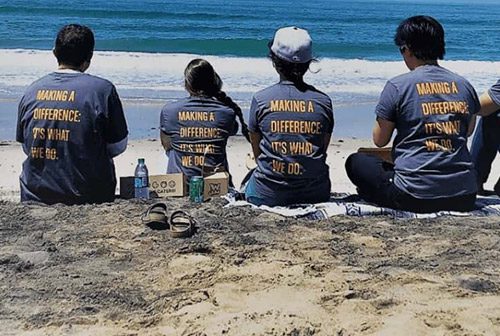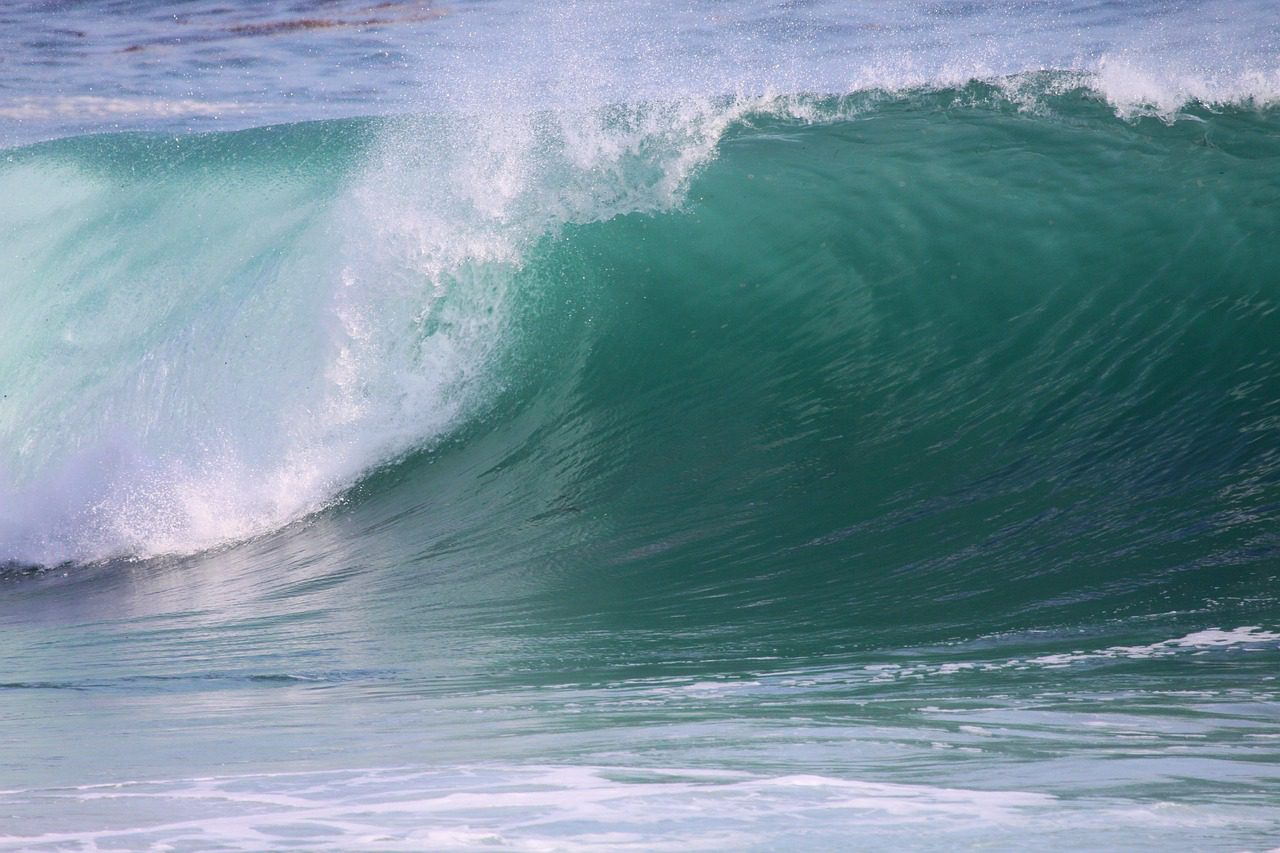The following blog was written by student attorney Morgan Embleton.
For more info about our legal clinic, click here.
The endangered San Diego fairy shrimp lives in vernal pools, increasingly rare seasonal wetland habitats found in southwestern coastal California and northwestern Baja California, Mexico. Vernal pools are active in the spring and lie dormant during the rest of the year. But even when vernal pools are visible, San Diego fairy shrimp are very difficult to see with the naked eye – they only grow to be about a quarter of an inch long! Although San Diego fairy shrimp are not easily seen, they play a vital role in the vernal pool environment by eating smaller organisms and being eaten by birds and toads. Vernal pools were once present on over 200 acres of San Diego County however, as a result of development, only scattered pools remain. Since San Diego fairy shrimp and vernal pool habitat is being destroyed, the City of San Diego is in the process of developing a Habitat Conservation Plan to preserve the species and its sensitive habitat.
But the San Diego Planning Commission recently reviewed the Brown Field Metropolitan Airpark project, which will destroy five vernal pools in Otay Mesa, and approved it. The Commission also recommended that the San Diego City Council do the same. The project as proposed will develop 331 acres of land into a massive airpark in Otay Mesa, including a fixed based aviation operation, fueling stations, offices, hotels, restaurants, industrial space, commercial space, airplane hangars, and a helicopter operating area. But the project site is home to some unique animal species, like Burrowing Owls, Coastal California Gnatcatchers, and San Diego fairy shrimp. Unfortunately, the project will greatly impact these unique species’ habitat – especially that of the San Diego fairy shrimp.
The Brown Field project is set to destroy at least five vernal pools that house the endangered San Diego fairy shrimp. To mitigate the project’s impact, the developer plans to recreate vernal pools elsewhere in Otay Mesa. But Coastkeeper is concerned because vernal pool reconstruction has been unsuccessful in the past. San Diego fairy shrimp can only survive in very specific vernal pool conditions. San Diego fairy shrimp cannot survive in recreated vernal pools if the pools hold water for the incorrect period of time, are the wrong temperature, or the wrong depth. Also, San Diego fairy shrimp eggs can be damaged when the bottom of the vernal pools are scraped to collect eggs for relocation. Relocation of San Diego fairy shrimp is also difficult because they reproduce with other shrimp in vernal pools, creating a new hybrid species and minimizing the population of actual San Diego fairy shrimp.
After providing comment at the Planning Commission meeting, Coastkeeper’s next step is to ask the San Diego City Council to do one of two things: require the developer to redesign the project to avoid the vernal pools or put the project on hold until the U.S. Fish and Wildlife Service issues a biological opinion establishing that reconstruction of vernal pools will be successful for San Diego fairy shrimp. Coastkeeper believes that the Brown Field project should not be approved unless more information is made available. Otherwise, Otay Mesa may lose vernal pool habitat and San Diego fairy shrimp forever. If you want to protect San Diego fairy shrimp, join us at the hearing on September 9 at 2 p.m. or email a letter to the Mayor and City Council at [email protected].















